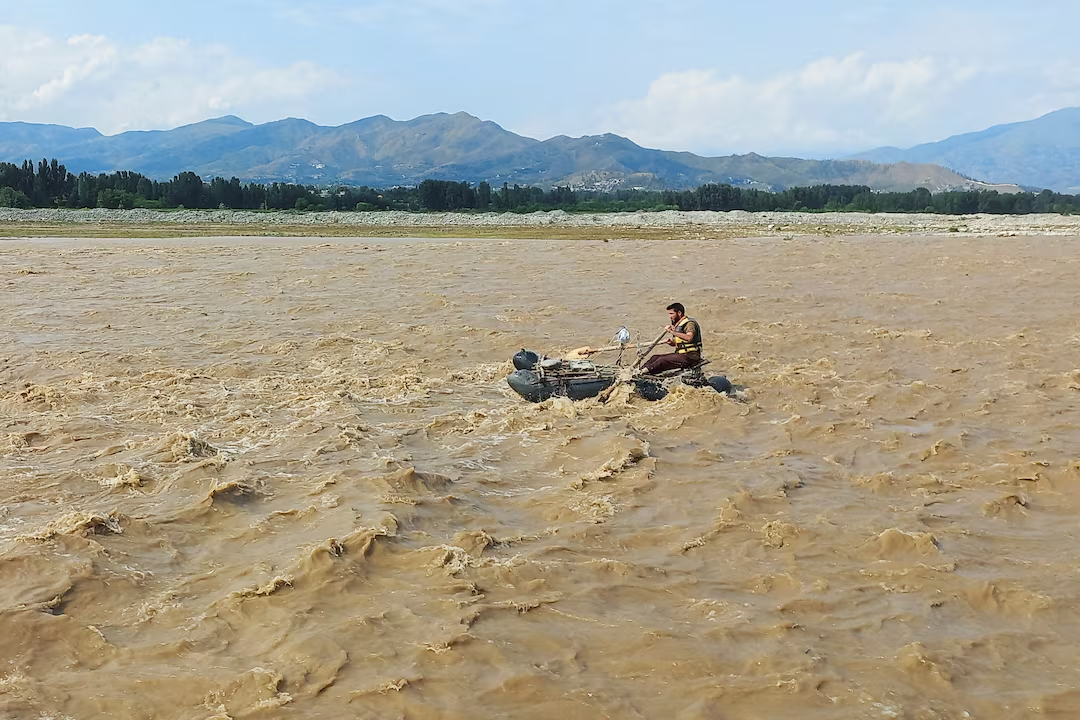Pakistan is grappling with the devastating consequences of intensifying monsoon floods. In a tragic incident on June 27, a family picnic in Swat Valley turned deadly when flash floodwaters swept away children by the Swat River. At least nine family members, mostly children, lost their lives, with several more still missing amid a large-scale rescue operation.
Just days prior, 45 people were killed across multiple provinces including KP, Punjab, Sindh, and Balochistan as relentless monsoon rains hammered urban and rural areas alike. Dam-induced wall collapses and overloaded drainage systems claimed scores more lives, accentuating the systemic vulnerabilities in infrastructure .
In northern Pakistan, authorities issued urgent glacial flood alerts after anomalous temperatures flattened records in high-altitude zones. A deadly landslide triggered by a sudden cloudburst in Gilgit-Baltistan’s Chilas region shut down mountain highways and left dozens stranded—prompting rescues amid treacherous terrain .
Across Punjab, local officials have pledged sweeping reforms to increase investment in early warning systems, bolster floodplain zoning, and upgrade drainage infrastructure—seeking to stem further loss in future storms. Yet analysts warn that climate change is exacerbating rainfall extremes and rendering conventional planning obsolete .
Despite the devastation, resilient tourism zones such as the Swat Valley and Hunza region welcomed /hundreds fans** of Pakistan’s natural beauty—only to confront the stark reality of climate risk in real time. This seasonal surge in visitors intersects dangerously with the rising threat of glacier lake outbursts and flash flooding in remote valleys.
Environmental scientists have pointed to this year’s monsoon as a clear signal: Pakistan now faces a climate crisis of injustice, disproportionately suffering through intensified natural disasters while contributing less than 1% to global greenhouse emissions and receiving only a fraction of promised international climate finance .


